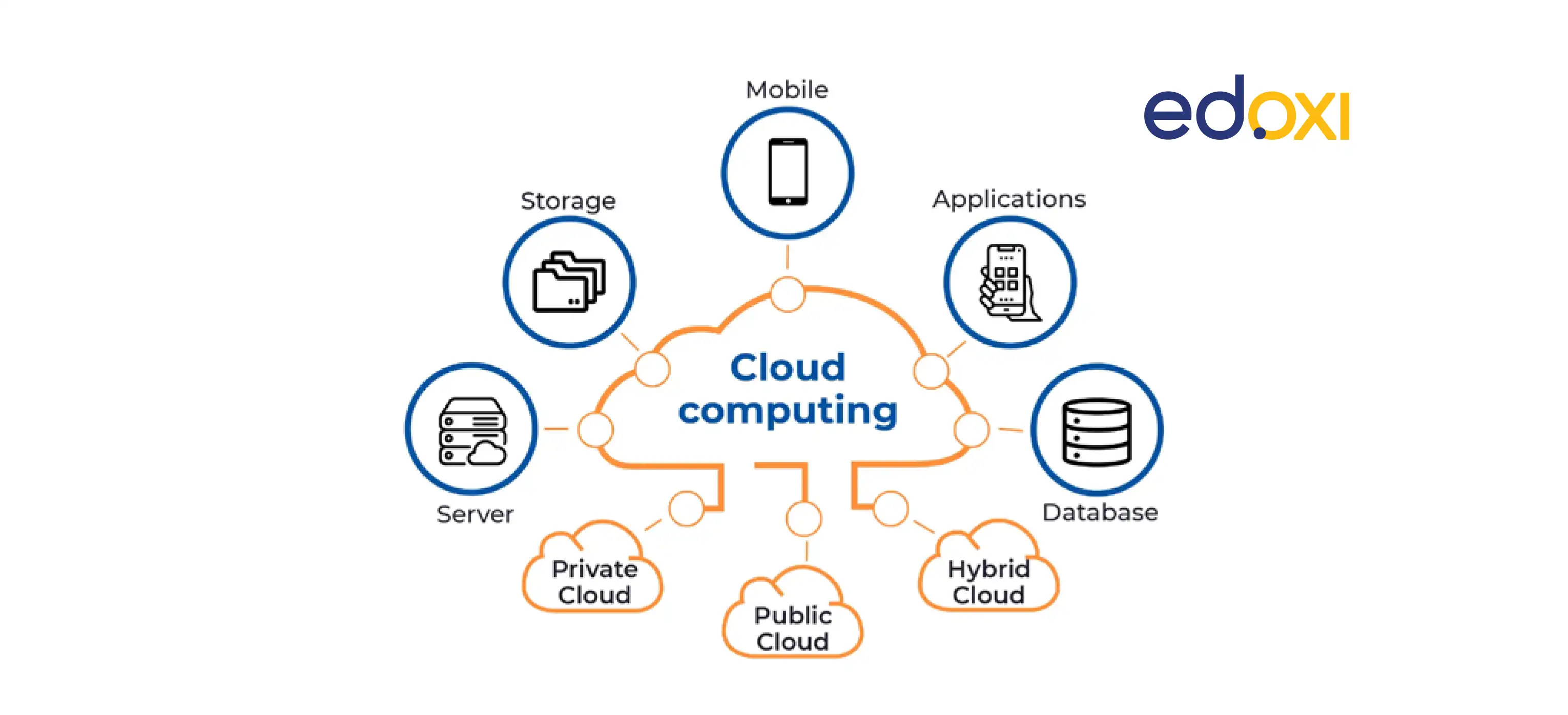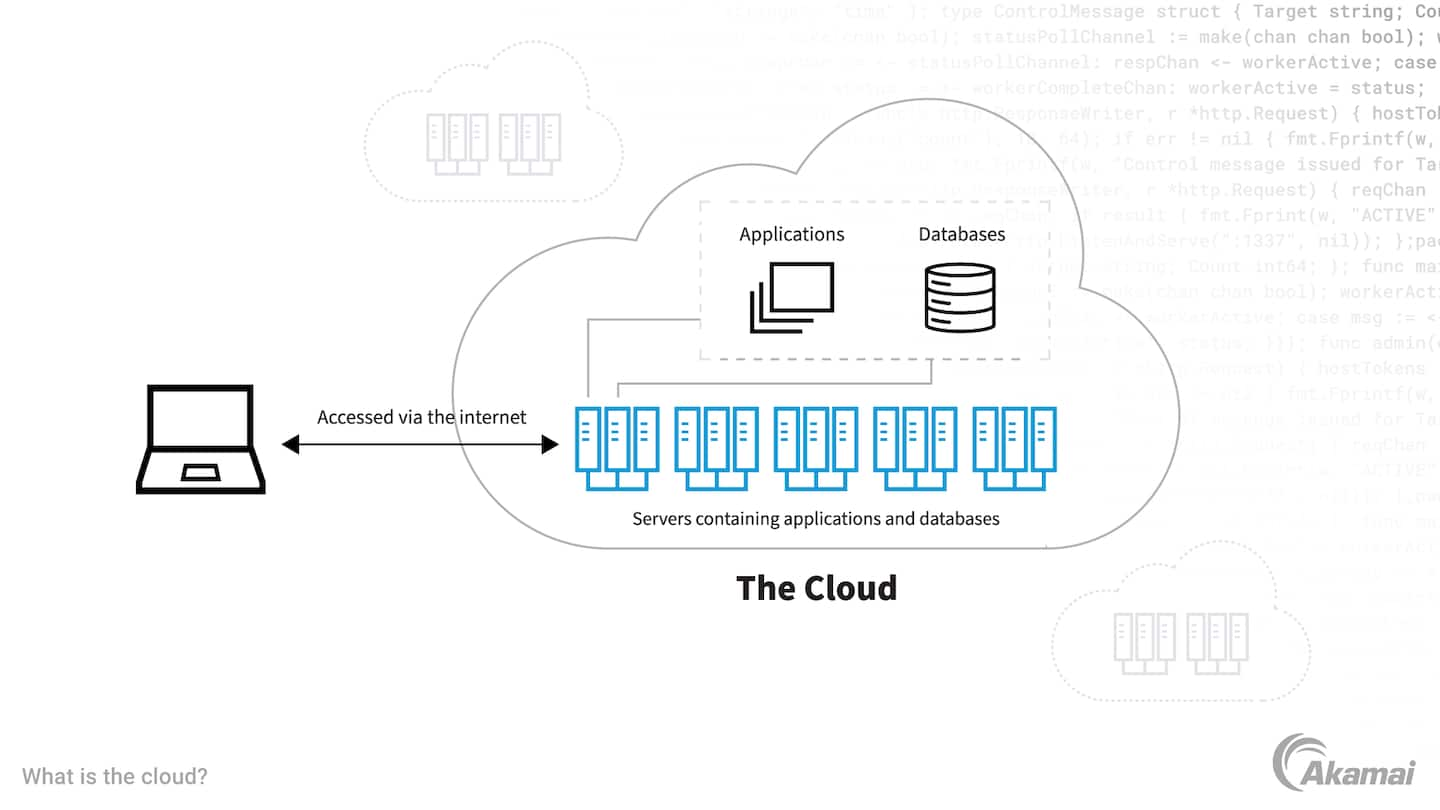Unlocking Success with LinkDaddy Cloud Services: Taking Full Advantage Of Universal Cloud Service Effect
Unlocking Success with LinkDaddy Cloud Services: Taking Full Advantage Of Universal Cloud Service Effect
Blog Article
Simplify Your Facilities With Cloud Provider
As companies browse the ever-evolving landscape of modern technology and data management, the function of cloud solutions in streamlining infrastructure has come to be progressively noticeable. Exactly how can businesses properly browse this shift and really open the capacity of cloud solutions for simplifying their infrastructure?
Benefits of Cloud Services
Cloud solutions offer a structured technique to managing IT facilities, offering services with scalability, cost-efficiency, and flexibility. One of the essential benefits of cloud services is the scalability they provide.
Furthermore, cloud services eliminate the need for companies to purchase expensive software and hardware. This cost-efficiency is a substantial benefit, particularly for little to medium-sized business wanting to minimize in advance expenses. By utilizing cloud services, businesses can access high-quality IT resources without the hefty price related to traditional facilities configurations.
In addition, cloud services provide businesses with the versatility to access their information and applications from anywhere with an internet connection. This degree of availability boosts partnership amongst teams, makes it possible for remote work, and enhances general efficiency. The flexibility supplied by cloud services empowers organizations to adjust rapidly to altering market problems and consumer needs.
Cost Savings and Scalability
In enhancement to the functional advantages highlighted previously, the integration of cloud services into a business's framework comes up with substantial price savings and enhanced scalability. Cloud solutions use a pay-as-you-go design, enabling businesses to scale resources up or down based on current needs, thus preventing the expenses connected with maintaining excess ability. This versatility enables business to adjust rapidly to changing needs without incurring unneeded expenditures.
Furthermore, cloud services eliminate the requirement for in advance investments in software and hardware, reducing funding expenditures. Business expenses are additionally lessened as companies no longer need to manage and keep physical web servers, resulting in lower power intake and IT staffing costs. Additionally, cloud services give automated updates and maintenance, guaranteeing that the framework remains safe and secure and current without needing hand-operated interventions.
Boosted Protection Actions
When incorporating cloud solutions right into a firm's framework to guarantee and protect delicate data conformity with sector policies,Implementing rigid safety and security measures is extremely important. Cloud service providers provide improved security functions such as information security, firewall software protection, and multi-factor authentication to reduce cybersecurity threats. Encryption assists protect information both at rest and in transit, guaranteeing that just authorized individuals can access delicate details. Firewall programs serve as a barrier between interior networks and exterior threats, surveillance and controlling incoming and outgoing network web traffic. Multi-factor verification includes an added layer of safety and security by requiring individuals to give numerous kinds of confirmation prior to accessing the cloud solutions.
In addition, routine protection audits and compliance assessments assist make sure and determine susceptabilities adherence to industry criteria. Companies can also gain from features like automated security updates and real-time threat tracking given by cloud company. By focusing on security actions and staying proactive in resolving prospective risks, businesses can with confidence utilize cloud solutions while securing their important information from unauthorized gain access to or violations.
Transitioning to Cloud Facilities
To successfully integrate cloud services into a business's framework, a structured method that addresses the shift in the direction of cloud-based remedies is crucial. Transitioning to cloud facilities entails mindful planning and implementation to ensure a smooth movement process. The initial step is to analyze the current facilities and identify which systems and applications are ideal for movement to the cloud. This assessment must consider elements such as data sensitivity, compliance requirements, and efficiency demands.
When the assessment is total, a movement strategy need to be established. This strategy ought to describe the timeline, resources, and duties for moving each part to the cloud. It is important to connect this plan plainly to all stakeholders to ensure alignment and minimize disturbances during the transition.
During the migration surveillance, screening and procedure are vital to recognize and resolve any type of issues quickly. Normal checkpoints must be established to track progression and make necessary modifications. Furthermore, training for workers on using cloud services need to be supplied to make certain an effective transition and make best use of the benefits of the brand-new framework.
Ideal Practices for Cloud Fostering
Successful adoption of cloud services depends upon the critical alignment of service goals with technical abilities and business preparedness. To guarantee a smooth change to the cloud, companies need to start by conducting a detailed evaluation of their present infrastructure and determining which work are best matched for cloud migration. It is critical to involve key stakeholders from various departments in the decision-making process to get buy-in and resolve any try this site kind of worries at an early stage.
An additional finest technique for cloud adoption is to prioritize safety and security and conformity. Organizations needs to thoroughly review the safety and security measures provided by cloud service providers and make certain that their data is safeguarded according to market requirements and governing needs. Applying durable information encryption, gain access to controls, and routine protection audits can assist alleviate risks associated with cloud adoption.

Conclusion

As businesses navigate the ever-evolving landscape of modern technology and data monitoring, the function of cloud services in simplifying infrastructure has ended up being increasingly popular - cloud services press release. click here for more How can companies successfully browse this shift and absolutely open the possibility of cloud services for simplifying their facilities?
Cloud solutions supply a streamlined method to handling IT infrastructure, giving companies with scalability, cost-efficiency, my sources and adaptability. By using cloud services, businesses can access high-quality IT resources without the large price tag associated with conventional facilities configurations.
To guarantee a smooth transition to the cloud, companies ought to begin by carrying out a detailed evaluation of their present infrastructure and recognizing which work are best fit for cloud movement.
Report this page